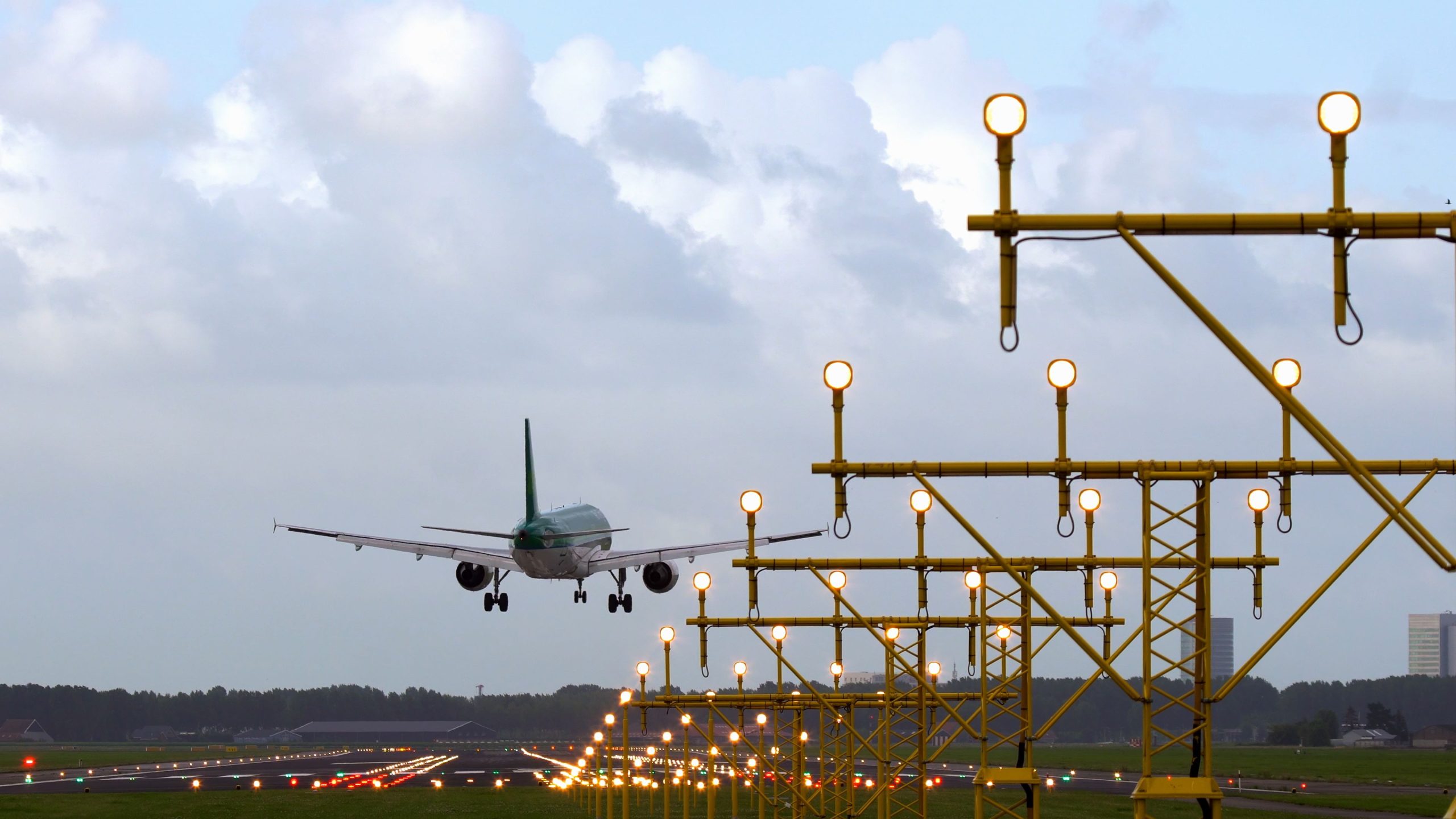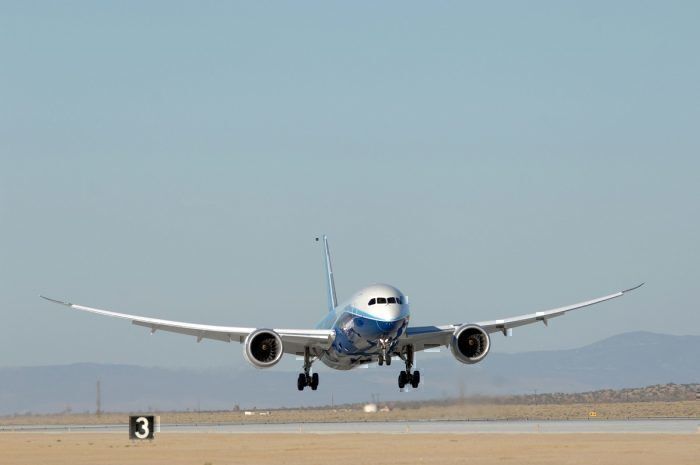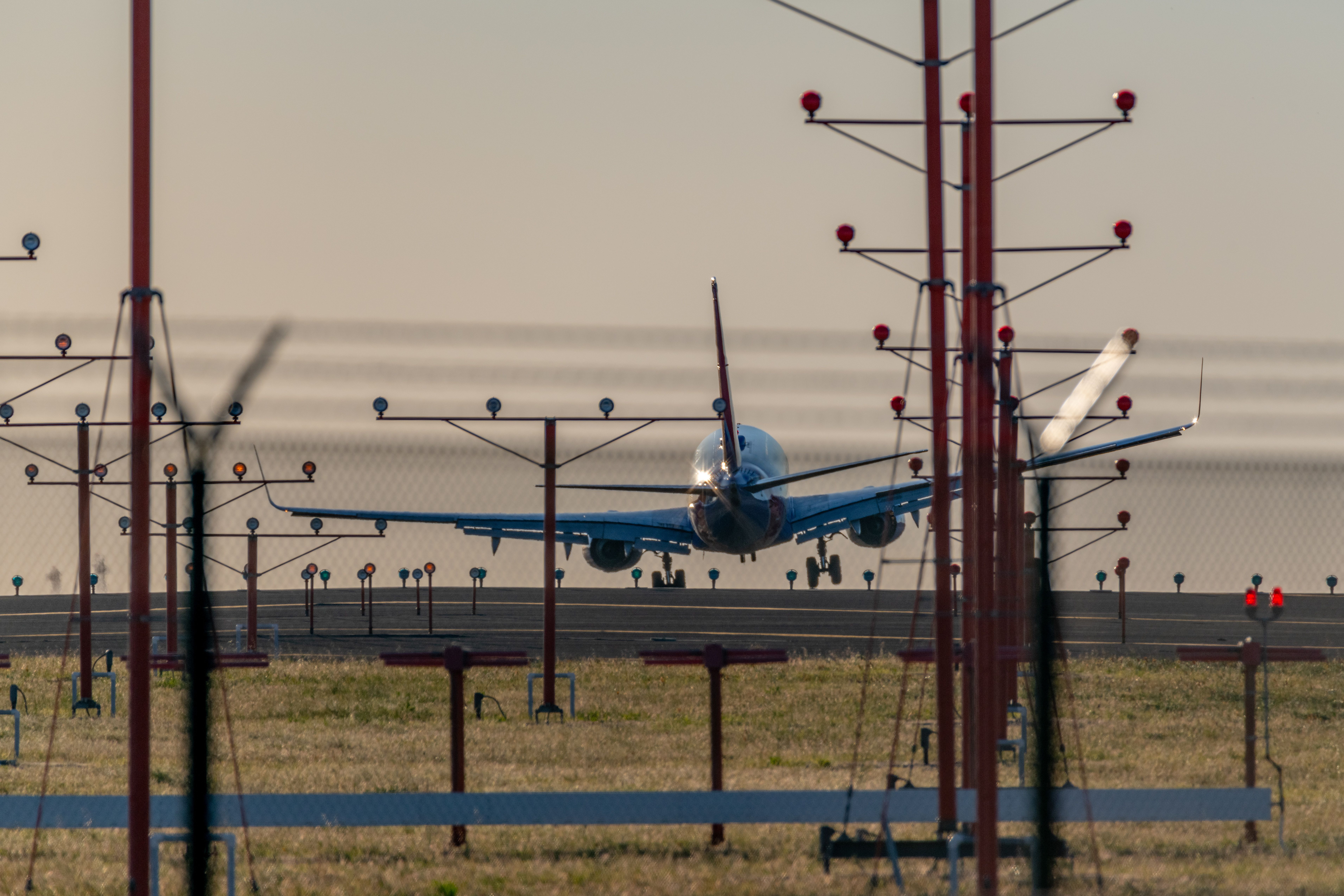Summary
- Crosswinds can impact the stability and control of an aircraft during takeoff and landing.
- Experienced pilots can easily perform crosswind landings within aircraft design limits.
- The maximum crosswind component can range from 15 knots to 40 knots.
Crosswind is the wind that blows across the runway perpendicular to the direction of an aircraft’s movement. Crosswinds can affect the stability and control of an airplane during takeoff and landing, as they can cause the aircraft to drift sideways or yaw into the wind. Pilots must apply appropriate rudder and aileron inputs to align the aircraft with the runway and maintain the centerline.
Crosswind landings are common among pilots, particularly when inclement weather calls for such procedures. Fortunately, experienced pilots can efficiently perform crosswind landings within the aircraft design limits.
Photo: Boeing
Aircraft are restricted to maximum limits for crosswind takeoffs and landings. Maximum crosswind components are the speeds at which the aircraft successfully demonstrated safe takeoffs and landings during its certification. While the aircraft may be able to sustain greater crosswinds, the limits serve as guidelines for operators and pilots.
Factors affecting the crosswind limits
Planes are designed to operate in a variety of environments. During takeoffs and landings, several weather and ground factors come into play that essentially determine the maximum crosswind speeds for the aircraft. Some common factors are the runway condition (dry, wet, or icy), the direction of the wind, and the type of aircraft. Some airlines impose their individual guidelines around safe crosswind takeoffs and landings.
Even when performing a crosswind landing within limits, pilots need to have enough knowledge and experience to master the maneuver. During a crosswind landing procedure, the aircraft flies relative to the wind when in the air but aligns with the runway moments prior to or upon touchdown. Pilots must use appropriate rudder deflections while stabilizing the wings through aileron movements.
Pilots also follow a general guideline of estimating the maximum crosswind component through the angular direction of the wind and its speed. A 30-degree crosswind calls for a maximum limit equal to 50% of the wind speed. For a 45-degree crosswind, the maximum component is approximately 75% of the wind speed. Similarly, at 60 degrees or more, the crosswind component is equal to the wind speed.
Another estimate for the maximum crosswind component commonly used by pilots is 20% of the clear stall speed of the aircraft. For example, the stall speed of the Airbus A320 is in the range of 160 knots. 20% of this stall speed comes out to be 32 knots. However, Airbus suggests that the maximum crosswind component for the A320 for a dry runway is 38 knots.
Photo: Wirestock Creators/Shutterstock
Maximum crosswind components
The maximum crosswind component is documented in an aircraft’s Pilot’s Operating Handbook (POH). The crosswind component varies for different aircraft types. For most commercial jetliners, it ranges between 25 and 40 knots (29 and 46 mph, 46 and 74 km/h). For light sport aircraft, such as the Cessna 172, the limit is in the range of 15 knots.
As a few other examples, Bombardier CRJ series aircraft have a limit of approximately 27 knots. The Boeing 747 and the Lockheed L-1011 have a crosswind limit of 39 knots. The Boeing 757 and 767s have a maximum limit of 40 knots.
What are your thoughts on the maximum crosswind limits for various small and large aircraft? Have you performed or witnessed a crosswind landing? Tell us in the comments section.
Source: FAA




